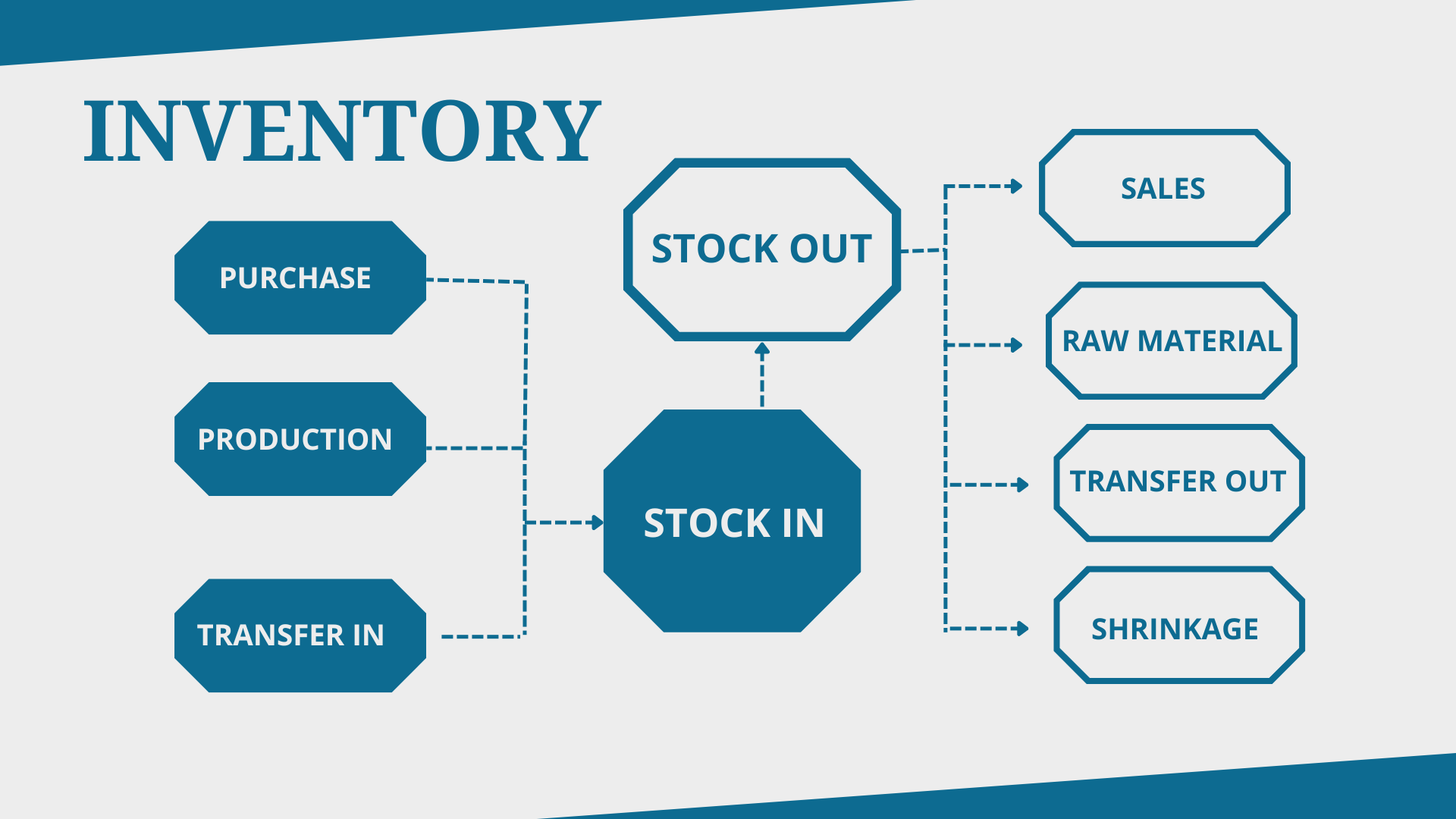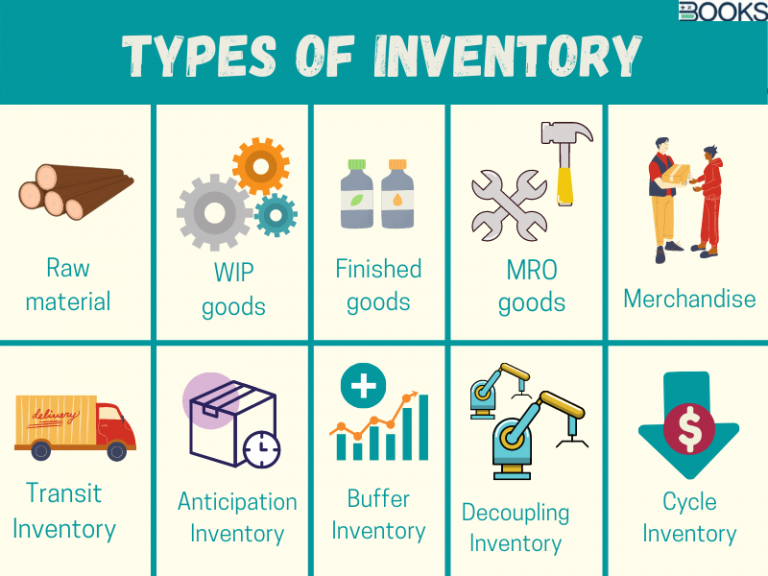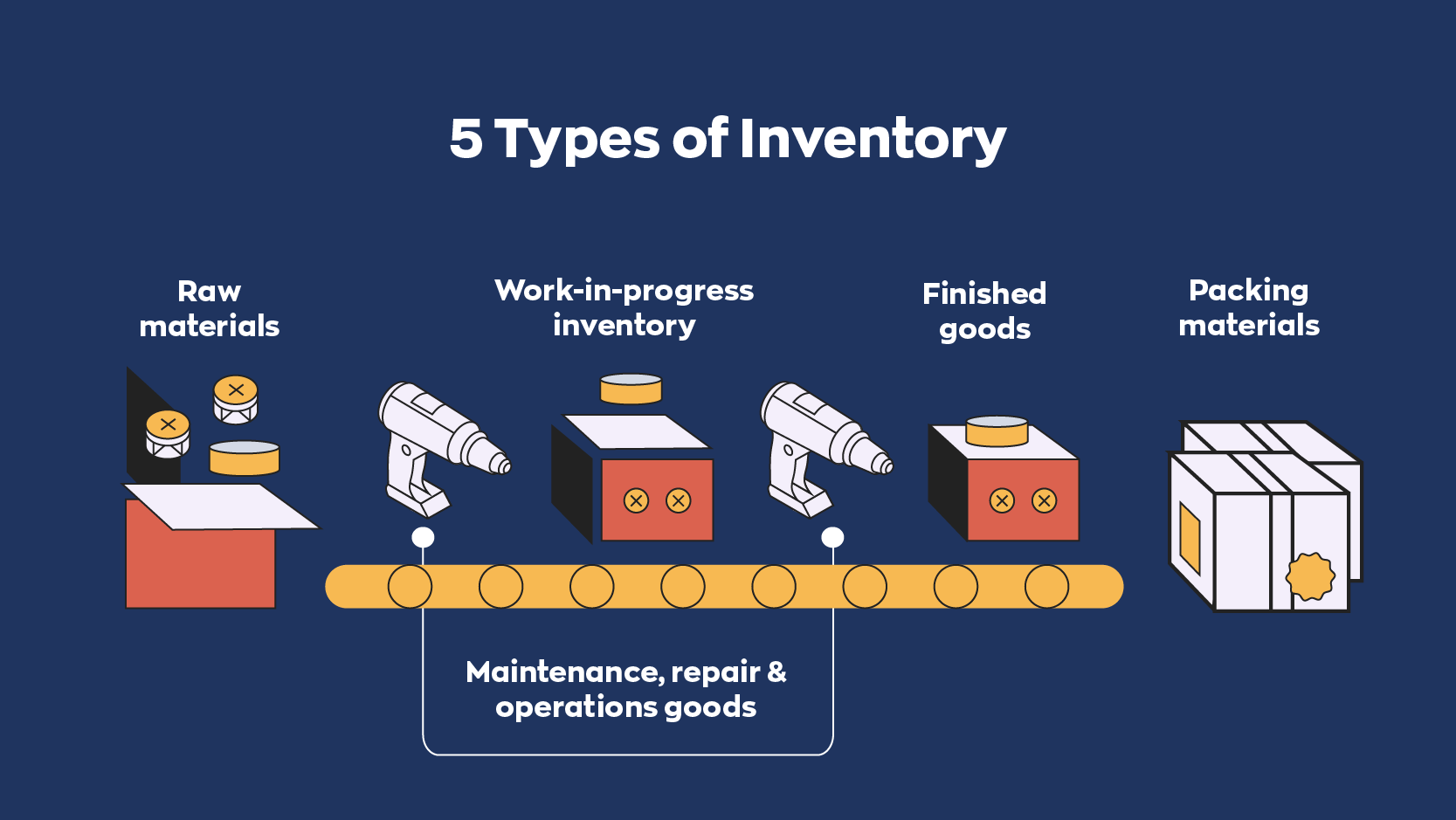Business inventories set the stage for success or struggle, forming the backbone of how organizations operate, compete, and grow. Whether it’s a bustling retailer, a high-tech manufacturer, or a nimble service provider, the way businesses manage and understand their inventories can shape their future in unexpected ways. Dive in and discover how the unsung hero of business operations holds more surprises and opportunities than you might expect.
Managing business inventories involves much more than just tracking products on a shelf. It’s about balancing raw materials, work-in-process, and finished goods while choosing the right methods and technologies to keep everything running smoothly. From inventory valuation’s impact on profitability to the challenges of forecasting and sustainable practices, each step in inventory management plays a crucial role in overall business health, efficiency, and ethical responsibility.
Introduction to Business Inventories
Business inventories are a crucial element in the operational workflow of virtually every industry. They represent all the materials, goods, and products that a company holds for the purpose of resale, production, or internal use. Properly managing inventories ensures efficient business operations, helps meet customer demand, and supports financial stability.
The significance of business inventories varies across different industries. For instance, manufacturers rely on inventories to keep production running smoothly, while retailers use inventories to fulfill customer orders promptly. In the distribution sector, maintaining optimal inventory levels minimizes storage costs and prevents stockouts. Service-based companies may use inventories to manage spare parts or supplies essential for delivering services.
Types of Inventories Managed by Businesses
There are several main types of inventories that businesses commonly manage. Each type serves a specific purpose and may be more prominent in certain industries. The primary categories include:
- Raw Materials: Unprocessed items used in manufacturing products.
- Work-in-Process (WIP): Goods that are in various stages of production but not yet completed.
- Finished Goods: Completed products ready for sale or distribution.
- Maintenance, Repair, and Operations (MRO) Inventory: Items used to support production and business operations but not part of the final product.
- Transit Inventory: Goods that are being transported between locations.
Managing these inventories effectively requires a clear understanding of business goals such as minimizing costs, maximizing service levels, and ensuring smooth production or sales flow.
Objectives and Goals of Inventory Management, Business inventories
Inventory management aims to strike the right balance between having enough stock to meet demand and avoiding excess that ties up capital or leads to waste. The main objectives include:
- Reducing carrying and storage costs.
- Improving order fulfillment rates and customer satisfaction.
- Minimizing stockouts and surplus inventory.
- Enhancing cash flow and profitability.
- Ensuring accurate records for financial and operational reporting.
Components of Business Inventories

Understanding the components of business inventories is essential for effective inventory control and resource planning. Each component plays a distinct role in the supply chain, and the specific mix depends on the industry and business model.
Raw Materials, Work-in-Process, and Finished Goods
Raw materials, work-in-process, and finished goods represent the three core components of inventories in production-oriented businesses. Their definitions and roles can shift depending on the sector.
| Inventory Component | Manufacturing | Retail | Distribution | Service |
|---|---|---|---|---|
| Raw Materials | Metals, plastics, chemicals | Generally not applicable | Packaging materials | Parts/supplies for service delivery |
| Work-in-Process | Semi-finished assemblies, subcomponents | Not typical | Repackaging, labeling tasks | Ongoing repairs, installations |
| Finished Goods | Assembled products (e.g., vehicles, electronics) | Products ready for sale (clothing, groceries) | Goods awaiting delivery | Service kits, rental equipment |
Inventory Component Differences Across Business Models
The importance and configuration of inventory components can differ widely by business model. For example, a car manufacturer will manage a large volume of raw materials and WIP, transitioning into finished goods as vehicles are completed. In contrast, a retailer mainly focuses on finished goods, with little or no WIP.
For service businesses, inventory may be limited to MRO supplies or spare parts, reflecting the unique operational needs of organizations that do not produce tangible goods for resale. By understanding these differences, companies can tailor their inventory strategies to their specific requirements, reducing waste and optimizing efficiency.
Inventory Management Methods
Selecting the right inventory management methods is central to achieving cost efficiency, accurate stock levels, and high service standards. Businesses must choose techniques that align with their operations, demand patterns, and financial objectives.
Major Inventory Management Techniques

Several techniques have been developed to handle inventory effectively, each with its own advantages and challenges. The most widely used methods include:
- First-In, First-Out (FIFO): Assumes the earliest received inventory is sold or used first. This method is common in industries where products are perishable or subject to obsolescence.
- Last-In, First-Out (LIFO): Assumes the most recently acquired inventory is used or sold first. It can be beneficial in times of rising prices, helping to reduce taxable income.
- Just-in-Time (JIT): Aims to minimize inventory by receiving goods only as needed for production or sales, reducing carrying costs but requiring precise demand forecasting and supplier reliability.
Best Practices for Effective Inventory Control
Adopting best practices helps businesses maintain optimal inventory levels, reduce errors, and improve responsiveness.
Some proven strategies for effective inventory control include:
- Regularly reconciling physical stock with inventory records.
- Segmenting inventory based on demand, value, and turnover rates.
- Utilizing technology for real-time inventory tracking.
- Establishing reorder points and minimum stock levels.
- Training staff in proper inventory handling and documentation.
Periodic vs Perpetual Inventory Systems

Inventory systems can be broadly categorized into periodic or perpetual. Each system offers distinct benefits and drawbacks, depending on the complexity and scale of the business.
| Aspect | Periodic Inventory System | Perpetual Inventory System |
|---|---|---|
| Stock Updates | At set intervals (monthly, quarterly) | Continuously, in real time |
| Accuracy | Lower, with potential discrepancies | High, with up-to-date records |
| Cost | Lower implementation cost | Higher investment in software/hardware |
| Ideal For | Smaller businesses, low-volume inventory | Larger businesses, complex inventory |
Importance of Accurate Inventory Records: Business Inventories
Accurate inventory records are a foundation for minimizing losses, optimizing stock levels, and making informed business decisions. Reliable data allows companies to avoid costly mistakes such as overstocking, stockouts, and theft.
Role of Recordkeeping in Loss Minimization and Resource Optimization
Precise inventory records enable businesses to detect discrepancies, prevent shrinkage, and enhance order accuracy. When records are up to date, companies can allocate resources more efficiently, schedule production correctly, and improve cash flow management.
Accurate inventory records support lean operations, reduce the risk of obsolete stock, and help businesses respond swiftly to market changes.
Procedures for Physical Inventory Counts and Cycle Counts
To maintain accurate records, businesses perform both physical inventory counts and cycle counts. Physical counts involve a full-scale inventory audit, typically performed annually or semi-annually. Cycle counts, on the other hand, focus on counting a subset of inventory on a rotating basis throughout the year.
Implementing structured procedures is crucial for both methods:
- Scheduling counts during low-activity periods to minimize disruptions.
- Assigning trained personnel to conduct and verify counts.
- Reconciling counted quantities with system records.
- Investigating and resolving discrepancies immediately.
- Documenting adjustments with clear explanations.
Checklist for Maintaining Up-to-Date Inventory Records
A proactive approach to recordkeeping involves following a consistent checklist to ensure all changes in inventory are reflected promptly.
- Update inventory records immediately after every purchase, sale, or stock transfer.
- Log all damaged, lost, or obsolete items and remove them from active inventory.
- Review and audit inventory reports regularly for inconsistencies.
- Back up inventory data securely and often.
- Train staff in proper use of inventory management software or systems.
Final Summary
In summary, business inventories are far from a routine aspect of operations—they are a dynamic driver of efficiency, financial strength, and long-term success. By embracing best practices, the right technologies, and sustainable approaches, organizations can transform their inventory management into a true competitive advantage. The journey may be complex, but with the right tools and mindset, mastering business inventories is within reach for every business.
FAQ Guide
What are business inventories?
Business inventories are the stocks of goods, materials, and products held by a company for the purpose of resale, production, or service delivery.
Why is inventory turnover important?
Inventory turnover measures how often inventory is sold and replaced over a set period, helping businesses assess efficiency and identify potential overstocking or stock shortages.
How can technology improve inventory management?
Technology automates tracking, reduces human errors, integrates data across departments, and provides real-time insights, making inventory management more accurate and efficient.
What are common challenges in managing inventories?
Common challenges include excess stock, stockouts, inaccurate records, obsolete inventory, and adapting to fluctuating demand.
How does inventory affect a company’s financial statements?
Inventory levels impact a company’s reported assets, cost of goods sold, and profitability, directly influencing financial health and reporting.
